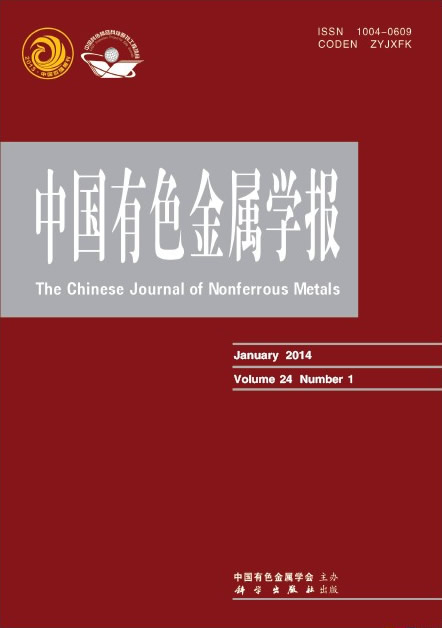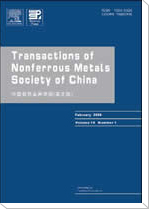中国有色金属学报(英文版)
Transactions of Nonferrous Metals Society of China
| Vol. 35 No. 7 July 2025 |
(1. School of Metallurgy & Environment, Central South University, Changsha 410083, China;
2. Engineering Research Center of the Ministry of Education for Advanced Battery Materials, Central South University, Changsha 410083, China;
3. Hunan Provincial Key Laboratory of Nonferrous Value-added Metallurgy, Central South University, Changsha 410083, China;
4. Fujian Evergreen New Energy Technology Co., Ltd., Longyan 364200, China)
Abstract:The morphology, crystal structure, and electrochemical performance of spent LiFePO4 (S-LFP) are recovered by one-step low-temperature solid phase sintering. After sintering at 550 °C for 3 h, the secondary particle size distribution of regenerated LiFePO4 (R-LFP) becomes narrower, and the D50 is reduced from 5.6 to 2.3 μm. In addition, the content of Li-Fe antisite defect is reduced from 5.73% to 1.20%, and the F is doped to O(2) site in the structure of R-LFP. Moreover, a coating layer comprising carbon and LiF is formed on the surface of R-LFP because of the decomposition of PVDF. Therefore, the R-LFP demonstrates exceptional Li+ diffusion dynamics and conductivity, which delivers a high discharge capacity of 157.3 mA·h/g at 0.1C. And it maintains 92% of its initial capacity after 500 cycles at 1C.
Key words: spent LiFePO4; low-temperature sintering; direct regeneration; high-value utilization


